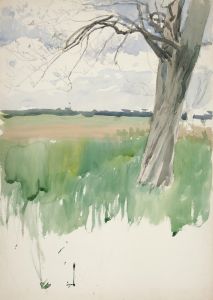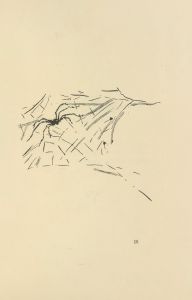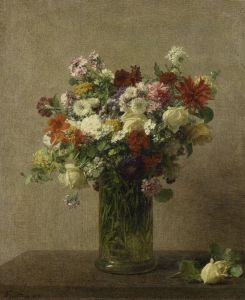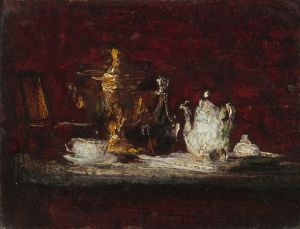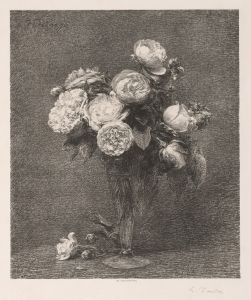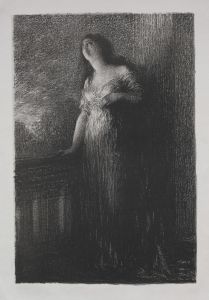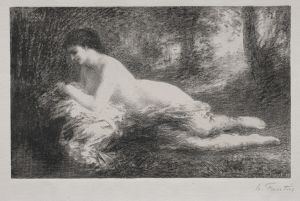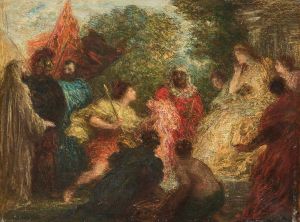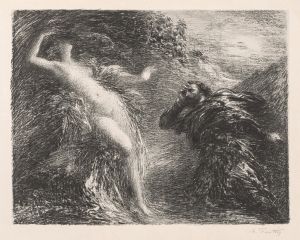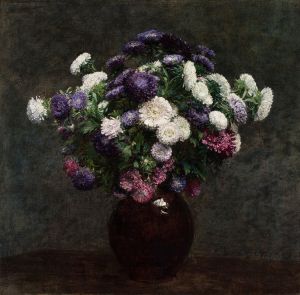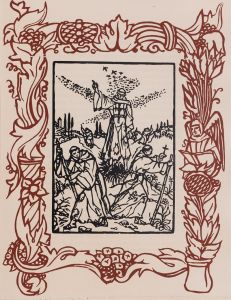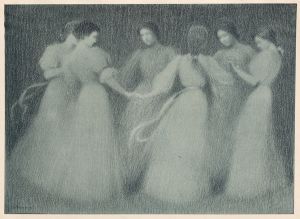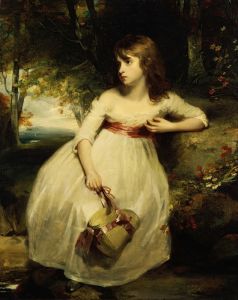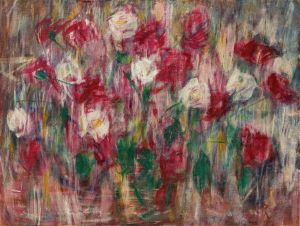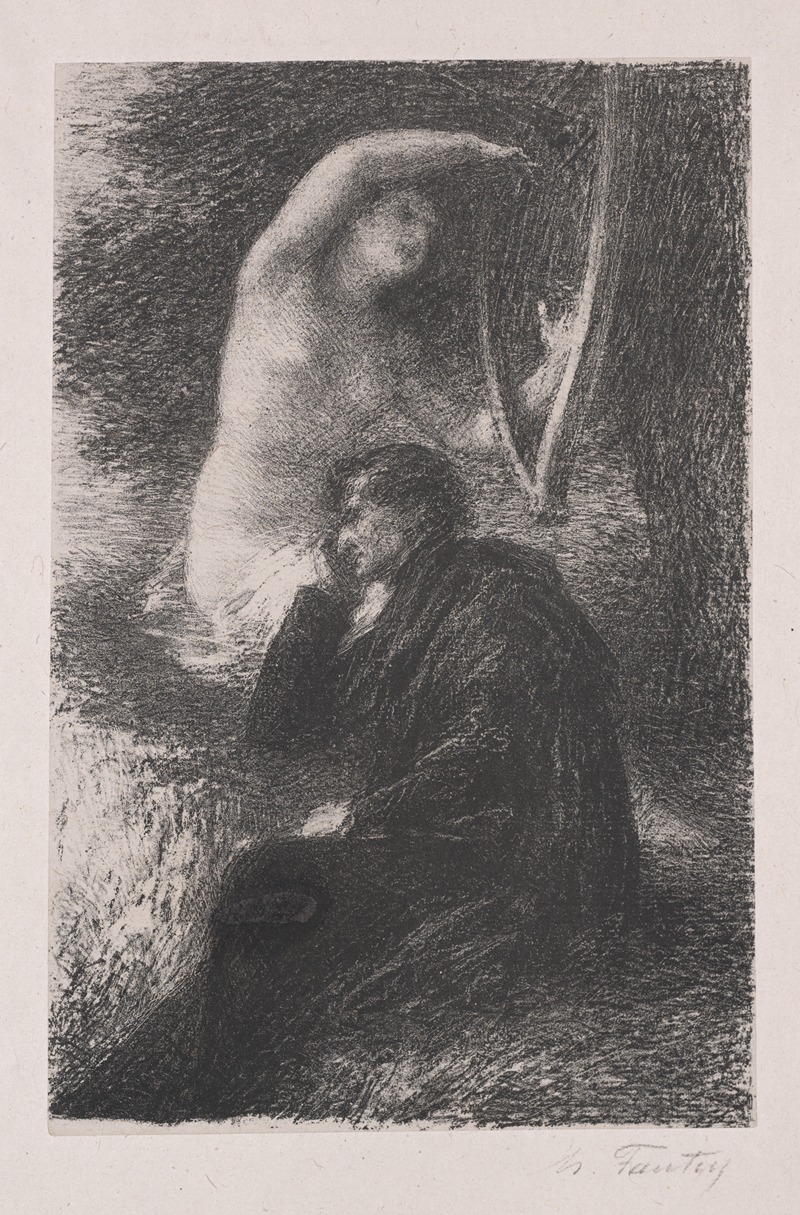
Lélio; The Aeolian Harp
A hand-painted replica of Henri Fantin-Latour’s masterpiece Lélio; The Aeolian Harp, meticulously crafted by professional artists to capture the true essence of the original. Each piece is created with museum-quality canvas and rare mineral pigments, carefully painted by experienced artists with delicate brushstrokes and rich, layered colors to perfectly recreate the texture of the original artwork. Unlike machine-printed reproductions, this hand-painted version brings the painting to life, infused with the artist’s emotions and skill in every stroke. Whether for personal collection or home decoration, it instantly elevates the artistic atmosphere of any space.
Henri Fantin-Latour, a French painter renowned for his exquisite still lifes and group portraits, created the painting "Lélio; The Aeolian Harp" in 1888. This work is a testament to his fascination with music and literature, themes that frequently permeated his artistic oeuvre.
"Lélio; The Aeolian Harp" is an oil on canvas painting that measures 100 x 81 cm. The painting is part of a series of works by Fantin-Latour that explore the intersection of visual art and music. The title of the painting references "Lélio, ou Le Retour à la Vie," a musical monodrama by the French composer Hector Berlioz. Berlioz's work, which combines spoken text with orchestral music, tells the story of an artist's return to life and creativity after a period of despair. The Aeolian harp, an instrument that produces music when wind passes through its strings, symbolizes the ethereal and spontaneous nature of artistic inspiration.
In "Lélio; The Aeolian Harp," Fantin-Latour depicts a young man, presumably Lélio, seated in a contemplative pose. The figure is surrounded by a dreamlike, almost mystical atmosphere, which is enhanced by the soft, diffused lighting and the delicate rendering of the background. The Aeolian harp, positioned prominently in the composition, serves as a focal point and a metaphor for the creative muse that inspires the artist.
Fantin-Latour's technique in this painting is characterized by his meticulous attention to detail and his ability to capture the subtleties of light and shadow. The brushwork is delicate and precise, creating a sense of depth and texture that draws the viewer into the scene. The color palette is subdued, with soft, muted tones that contribute to the overall sense of tranquility and introspection.
The painting reflects Fantin-Latour's deep appreciation for music and its power to evoke emotion and imagination. His friendship with several prominent composers of his time, including Berlioz, Richard Wagner, and Robert Schumann, influenced his artistic vision and inspired many of his works. "Lélio; The Aeolian Harp" is a prime example of how Fantin-Latour sought to capture the essence of musical and literary themes through his art.
Henri Fantin-Latour's contributions to the art world extend beyond his paintings. He was also a skilled lithographer, creating numerous prints that further explored his favorite themes of music and mythology. His work was highly regarded by his contemporaries, and he exhibited regularly at the Salon in Paris. Today, his paintings are held in major museums and collections around the world, where they continue to be admired for their beauty and emotional depth.
"Lélio; The Aeolian Harp" remains a significant piece within Fantin-Latour's body of work, exemplifying his unique ability to blend visual art with the evocative power of music and literature. Through this painting, Fantin-Latour invites viewers to contemplate the mysterious and transcendent nature of artistic inspiration, a theme that resonates deeply with anyone who has experienced the profound impact of art and music.





